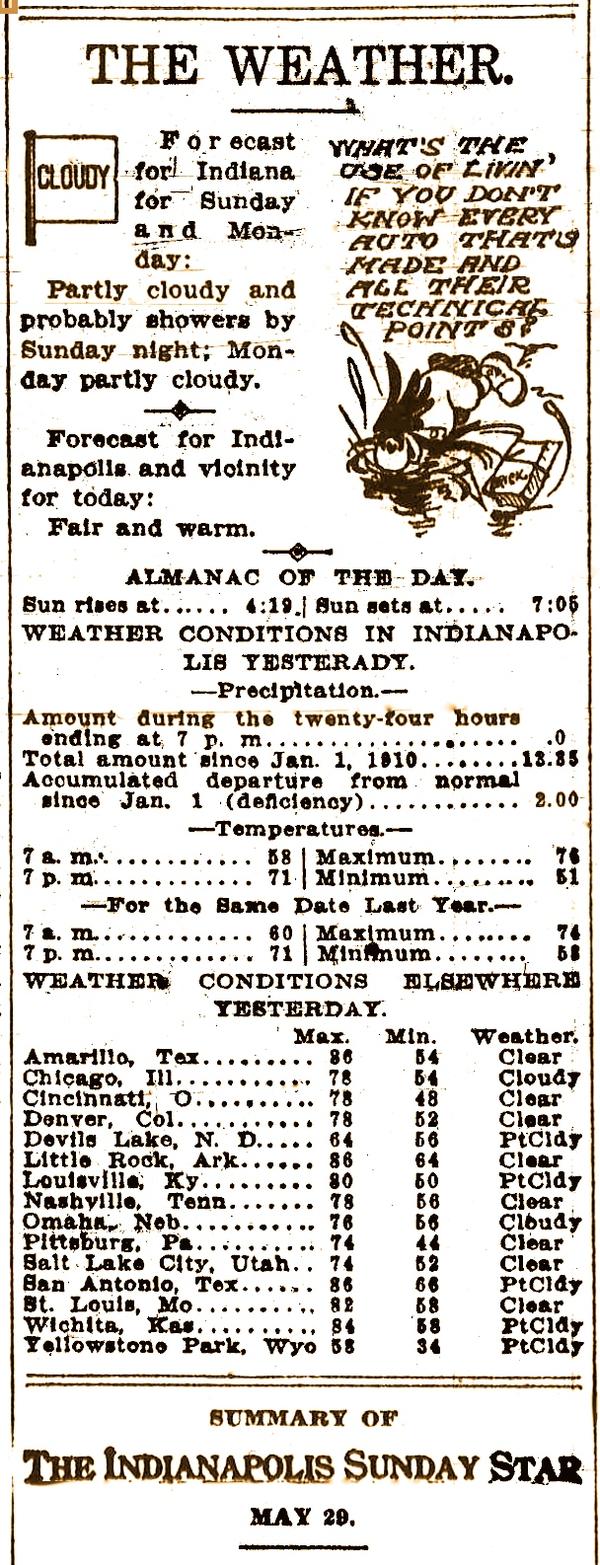- 1890s Cars
- Barney Oldfield Images
- Oldfield - Petersen
- Beer
- Early Auto Industry
- Uniontown - Marci McGuinness
- General Period Clip Art
- Early Race Related Clip Art
- Advertising and Editorial Cartoons
- Early Indianapolis
- IMS Construction
- Indianapolis Speedway
- First IMS Auto Races
- Failed 1909 Air Show
- 1909 IMS Balloon Races
- 1909 IMS Motorcycle Meet
- 1910 Indianapolis Auto Show
- 1913 Indianapolis 500
- 1919 Indianapolis 500
- Joe Dawson
- WWI "500" Winner Draft Cards
- Frank Di Buglione (off the wall art, LLC)
- Gilbert Art
- Carl Graham Fisher
- IMS Hall of Fame Museum
- Alco at 100th Anniversary
- Frederic Matile - Morris Park
- Miami-Fulford Speedway
- Paul Sheedy Collection
- Early Wyoming Racing - 1909 - 1919
- Personalities
- Early Racing Images
- Glidden Tour
- 1909 Cobe Trophy
- Fairmount Park & Belmont Estates
- Early Santa Monica
- Don Radbruch Collection
- Jeroen de Boer Collection 1910
- Jeroen de Boer Collection 1912
- Jeroen de Boer Collection 1913
- Jeroen de Boer Collection 1914
- Georges Boillot
- Story's Indianapolis 500 Cars
- Story's Sports Cars
- Story's Grand Prix Cars
- Old School
- Story's Brickyard Sketchbook
Weather: May 28, 1910
Photo Gallery Categories
Search
Featured Article
Image of The Week

This image is a capture of the weather report that appeared in the Indianapolis Star on May 29, 1910. I deem it important to understanding the depth of experience had by fans, drivers and race crews Saturday, May 28, 1910 at the Indianapolis Motor Speedway. This was the second day of racing at the May 1910 race meet at the Brickyard. These races were part of the Memorial Day 1910 weekend that included "national championships," a newly-announced distinction by the American Automobile Association (AAA) for select race meets. Car manufacturers were keen to make a great showing. Check out other articles elsewhere on First Super Speedway that report on the May 28 races.
Even though the attached report was published the morning of May 29 I reference the item as providing the most useful information about the May 28. While the report forecasts weather for coming day it also reports on what actually happened on May 28, 1910. Given that the projection is simply the U.S. Weather Bureau's best attempt at forecasting future events it cannot be relied on to tell us much about May 29. However, what it says about May 28 can be safely accepted as fact.
At risk of being redundant we can see from the image that it was a pleasant day, largely cloudless with no rain and a high of 76 degrees fahrenheit. While the overnight low was a cool 51, the themometer had climbed to 58 by 7 AM probably before most fans had started for the track. In the same vein you can find the weather report for May 27 elsewhere on First Super Speedway.
For historical context let's unpack this graphic just a bit further. Note the crow editorial cartoon character within the box. Beginning in 1904 an interesting feature of Indianapolis Star front page weather reports for decades was the associated editorial cartoon featuring the character "Jim Crow," evidence of the racist behavior of most white Americans, government and society in general during the pre-civil rights movement era.
Jim Crow was an everyday term for laws at the national, state and local level that promoted the "separate but equal" philosophy in the treatment of American citizens. The fact that the Indianapolis Star took up such a fictional character as its mascot is less an indictment of that specific publication than a commentary on the pervasive insensitivity of white Americans throughout much of the country's history.
Johnny Gruelle created the Jim Crow cartoon character but quickly handed it off to Homer McKee who drew the images in these attachments. The name of this character was eventually altered to "Joe Crow" but survived into the 1960's and then was eventually eliminated altogether.
The Crow character always supplied commentary about current events. From what I have seen it was light-hearted and rarely anything of tremendous insight. In this case Crow is quoted saying, "What's the use of liv'n if you don't know every auto that's made and all their technical points." This reference to the events at the Indianapolis Motor Speedway underscores a couple of points. One, it demonstrates how much the new racing facility had permeated the collective consciousness of the Hoosier capital's population. It had already become a part of the culture of central Indiana. Secondly, I think it suggests how daunting it must have been for a large segment of the population raised in an era when locomotives, street cars and horses were seen as conventional methods of transportation to comprehend exactly how these complicated mechanical contraptions functioned. It was probably no less an abrupt and frustrating change as the contemporary introdution of smart phones, their associated "apps," social media platforms and various uses for electronic devices such payment transactions are for people who entered adulthood years before their common use.
| Attachment | Size |
|---|---|
| May29Weather.jpg | 683.56 KB |
